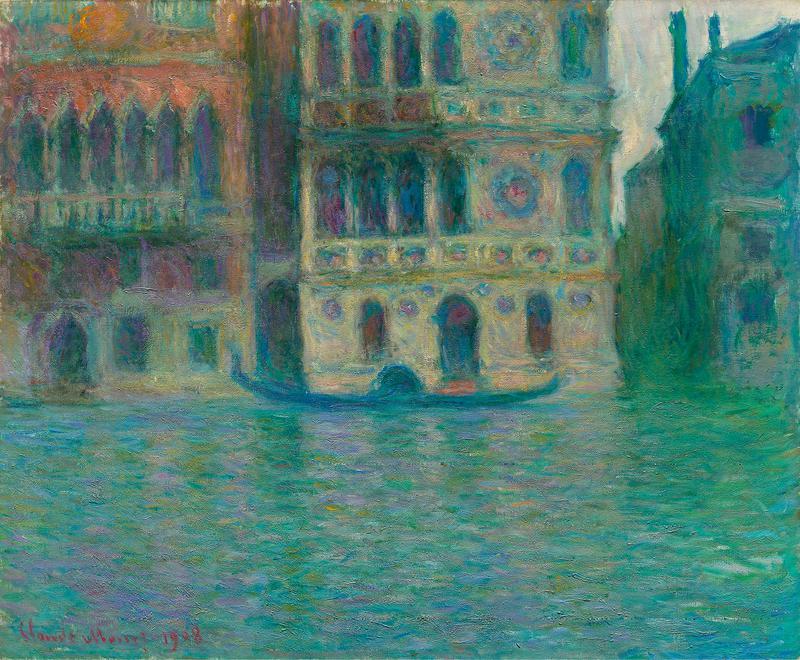 Venice, Palazzo Dario
Venice, Palazzo Dario, 1908. Monet visited Venice late in his career and was particularly drawn to the brightly coloured marble facade of the Palazzo Dario on the Grand Canal.
Introduction
Today, Claude Monet (18401926) is globally recognized as a painter of colour and light, landscape and sea, rivers and bridges, architecture and parks, gardens and flowers, capturing ever-changing atmospheric conditions. His series paintings of poplars, haystacks, Rouen Cathedral and, ultimately, waterlilies saw him return to the same motif again and again, recording it at different times of day or season, and in contrasting weather conditions, whether bright sunlight, snow scenes or fog. Today, his paintings, especially those of his famous waterlilies, appear on coffee mugs, posters, tea shirts, bags and cards around the world, as well as adorning the front covers of hundreds of publications. These familiar images have helped turn Monet into a household name and arguably the most famous of the Impressionist artists. His paintings have been described by the British art critic Jonathan Jones as joyously accessible and his work is represented in major museums and art galleries internationally. In 1889, he became the first Impressionist to enter the collection of an American museum when Erwin Davis, a wealthy mine owner, donated two of his paintings to the Metropolitan Museum of Art in New York. At the time, neither Monet nor any of the other Impressionists was represented in a French museum. American collectors were crucial to his success, such as Sarah Choate Sears of Boston and Potter and Bertha Palmer of Chicago, and there were early admirers of his art in Britain like the Davies sisters (Gwendoline and Margaret) in Wales, although generally the British were late to appreciate the Impressionists.
The dealer Durand-Ruel struggled to enthuse the British about Impressionism during his major exhibition at the Grafton Galleries in 1905, yet today exhibitions of Monets work are overwhelmingly popular with the public internationally. To accommodate interest from visitors, they often have to stay open for extended hours to enable audiences to view his paintings first-hand, to see his true colour range and the painted surfaces of his canvases, not merely to observe his images in endless reproduction. In more recent years, the Art Institute of Chicagos 1995 exhibition drew 965,000 visitors in 18 weeks, and during a 16-week period in 201011 more than 900,000 visitors flocked to the Grand Palais on the Champs-lyses in Paris to view the exhibition Claude Monet (18401926) .
Curators are constantly thinking of new themes for shows to interpret his rich and hugely prolific career in different ways. Over the last few years a number of exhibitions have shed new light on the artist, his working practices and broader interests: Monet, the Seine and the Sea at the National Gallery of Scotland; The Unknown Monet: pastels and drawings at the Royal Academy, London; Monet the Collector at the Muse Marmottan Monet, Paris; and Monet and Architecture at the National Gallery in London.
This book tells the story of Monet from his early beginnings through periods of financial hardship to worldwide fame and considerable wealth, how he ultimately managed his relationship with a number of dealers and the sheer complexity of his art as it evolved. By tracing his life and artistic development, it is possible to see the influences upon him as he matured into the famous artist we know and revere today.
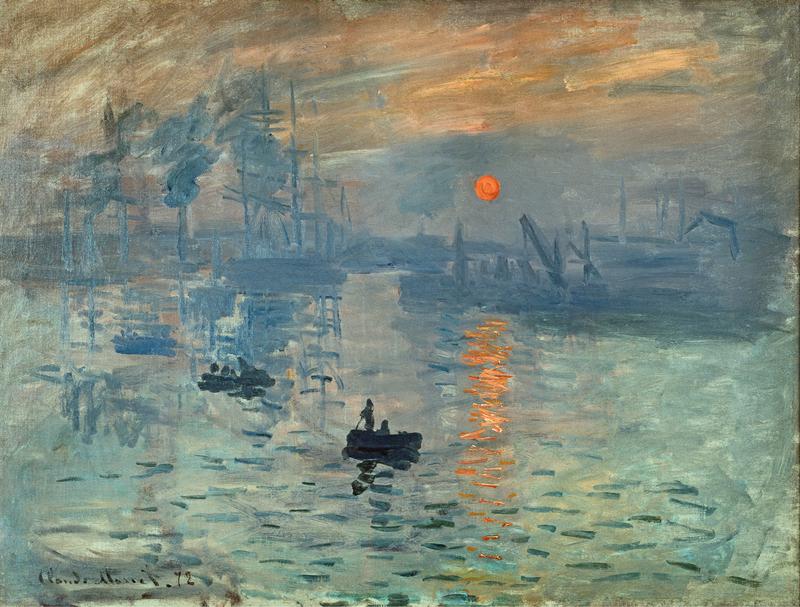 Impression, Sunrise
Impression, Sunrise, 1872. Monet painted the harbour at Le Havre, where he was raised, contrasting the dark, small boats on the water in the centre against the bright-orange rising sun in a blue-grey sky. The suns shimmering reflection in the water below is surrounded by the workings of a harbour at dawn. The painting caught the eye of the critic Louis Leroy, who mocked the title at the First Impressionist Exhibition, since I was impressed there had to be some impression in it. From this sarcastic comment, the term Impressionism was born.
Chapter 1
Context and Reputation
A hugely talented and versatile artist, Monet was raised in Le Havre, on the Normandy coast. Initially an artistic prodigy who flourished as a caricaturist, he was introduced to landscape painting in the open air by his mentor Eugne Boudin, and as a result went to Paris to study art. After a brief period of military service in Algiers, he returned to France, and in 1862 he was enrolled at the Acadmie Atelier of the Swiss artist Charles Gleyre. During the Franco-Prussian War (18701), Monet spent a formative period in exile in London working with Pissarro, and met the dealer Paul Durand-Ruel, who would transform his career. He returned to France again, focusing on landscape painting, and in 1873 he began planning an exhibition with like-minded artists Renoir, Pissarro, Degas, Sisley, Berthe Morisot and Czanne. This was the group who became known as the Impressionists. They all shared an interest in subjects taken from modern life, a light and luminous palette, and the attentive study of the effects of light and atmosphere on people and landscapes. They were influenced by the older artist douard Manet too. Since their work had been consistently rejected for display at the official Salon, they took matters into their own hands, and the first independent Impressionist exhibition opened in 1874.
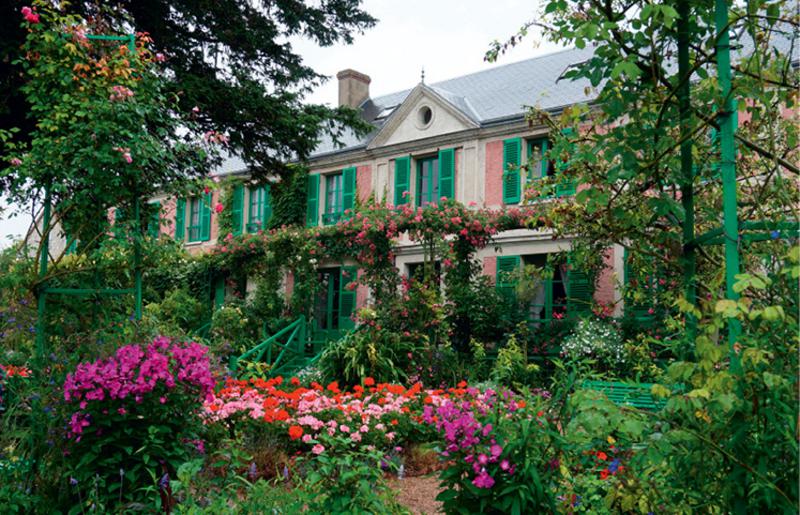
Monets house and garden at Giverny receives more than half a million visitors every year.
Monet has been described as the ultimate Impressionist, the Prince of Impressionism, the head of the school and the Impressionist who stayed true to the idea of capturing light in all its fleeting sensations. At that first exhibition in 1874, his painting Impression, Sunrise (1872), showing the harbour at Le Havre caught the eye of the critic Louis Leroy, who mocked the title, but it was from this potentially bad press that the term Impressionism originated, so familiar to us all now and defining an artistic movement.
Although Monet painted many bright sunlit views of the Normandy coast and the dappled sunlight in suburban gardens or views of the River Seine, it is his studies of waterlilies for which he is probably best known. He painted these in his garden at Giverny and they were a source of prolonged inspiration for him. Monet settled there in 1883, purchasing the house and land in 1890. Today, these waterlily paintings, some with the Japanese-inspired bridge, are extraordinarily familiar to us. His house and garden at Giverny are visited by more than half a million tourists each year, and are especially busy in the summer months. In Monets day there were constant visitors too, one of the first being the painter Gustave Caillebotte, his friend and patron. Later, other visitors included friends such as the writer Octave Mirbeau (who would often write his catalogue entries), artists who admired his work from Bonnard to Singer Sargent and the politician Georges Clemenceau, whom he had known since the 1860s.
Monets personal life was somewhat complex and unconventional at times. He initially had to conceal his relationship with his first wife Camille from his disapproving family, and the exact timing of the beginning of his relationship with his beloved second wife Alice, widow of department-store magnate and art collector Ernest Hosched, is unclear. They lived openly together with their blended families at Vtheuil, Poissy and later at Giverny, although she was still married to Hosched. Her husband died in 1891, and Alice finally married Monet in 1892. His letters to her offer a remarkable insight into their relationship, and often his struggles with his artistic practice.
Next page
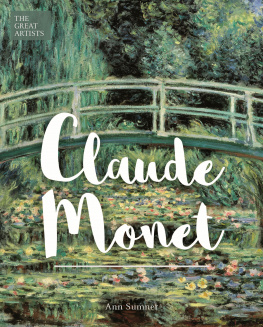

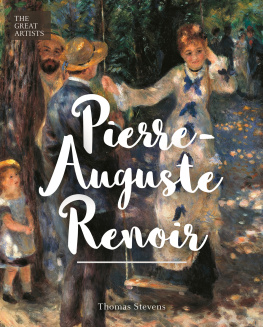
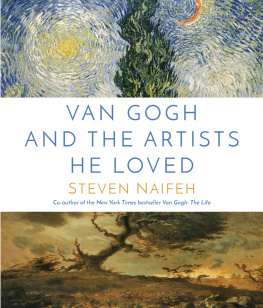
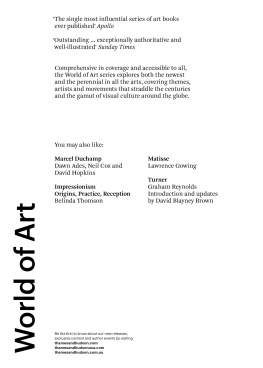
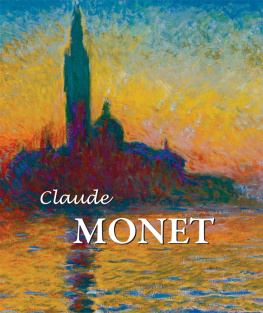
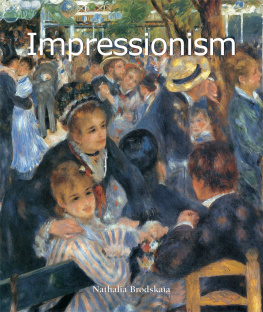


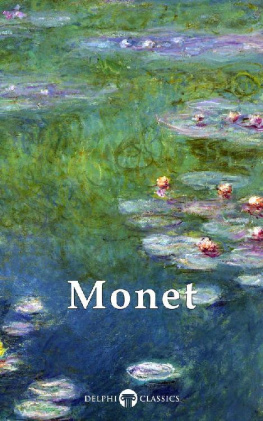

 Venice, Palazzo Dario, 1908. Monet visited Venice late in his career and was particularly drawn to the brightly coloured marble facade of the Palazzo Dario on the Grand Canal.
Venice, Palazzo Dario, 1908. Monet visited Venice late in his career and was particularly drawn to the brightly coloured marble facade of the Palazzo Dario on the Grand Canal.  Impression, Sunrise, 1872. Monet painted the harbour at Le Havre, where he was raised, contrasting the dark, small boats on the water in the centre against the bright-orange rising sun in a blue-grey sky. The suns shimmering reflection in the water below is surrounded by the workings of a harbour at dawn. The painting caught the eye of the critic Louis Leroy, who mocked the title at the First Impressionist Exhibition, since I was impressed there had to be some impression in it. From this sarcastic comment, the term Impressionism was born.
Impression, Sunrise, 1872. Monet painted the harbour at Le Havre, where he was raised, contrasting the dark, small boats on the water in the centre against the bright-orange rising sun in a blue-grey sky. The suns shimmering reflection in the water below is surrounded by the workings of a harbour at dawn. The painting caught the eye of the critic Louis Leroy, who mocked the title at the First Impressionist Exhibition, since I was impressed there had to be some impression in it. From this sarcastic comment, the term Impressionism was born.  Monets house and garden at Giverny receives more than half a million visitors every year.
Monets house and garden at Giverny receives more than half a million visitors every year.